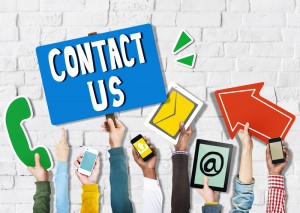In previous blog posts we have examined the concept of connected customers: who they are and what behavioral patterns they exhibit. These connected customers are tech-literate and expect to communicate with each other through a wide range of channels, enjoying quick and easy communication through blogs, web-chat, social media, email and more.
Here are a few of the actions connected customers take for granted in their everyday conversations:
- The ability to view past communications which have been securely stored for later reading in message history.
- The ability to easily see the geographical location of others and share their own location.
- The ability to conduct communications across multiple platforms, seamlessly transitioning to another device and platform whenever they desire.
- The ability to quickly and easily exchange pictures, documents and web articles.
- The ability to add and remove others to the conversation as necessary.
- The ability to quickly re-establish the dialog should the network connection be temporarily lost.
- The ability to recognize others and be recognized from their profile, no matter what platform they are using.
These same connected customers have similar expectations when talking with businesses, and yet many businesses fall short, providing an experience that performs badly when compared with the connected customers own personal communications with friends.
Just a few of the problems customers face when communicating with businesses include:
- Can’t switch media or platform and stay with the same agent.
- Wasted time in queues waiting to hear back from an agent.
- Can receive SMS notifications but not communicate by text.
- No recognition or record of past conversations.
The gap between the expectations and the reality results in poor customer service. To close this gap businesses need allow for customers to communicate using a wide variety of platforms and devices and be instantly recognized each time with the customer service rep able to access past conversation history, no matter what the device used was. Businesses also need to value a customer’s time better, be more aware of their needs and focus on opening up lines of communication with them in ways that are natural and comfortable to the client.
By closing this gap between the enterprise and the connected customers, businesses will be offering a superior level of customer service when compared with the average business. The increased customer satisfaction that results is likely to help increase both revenue and reputation and offers a significant competitive advantage over competitors.

